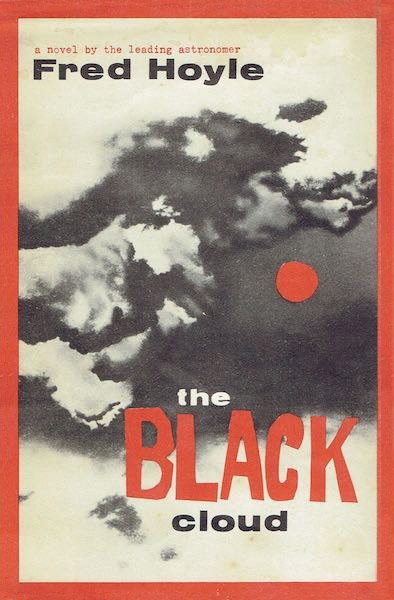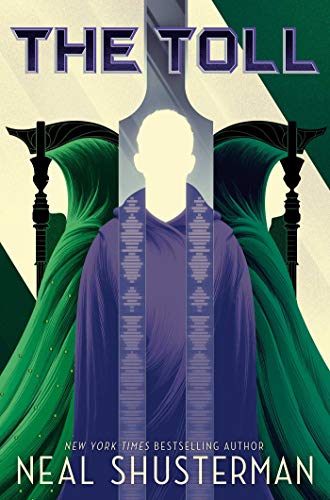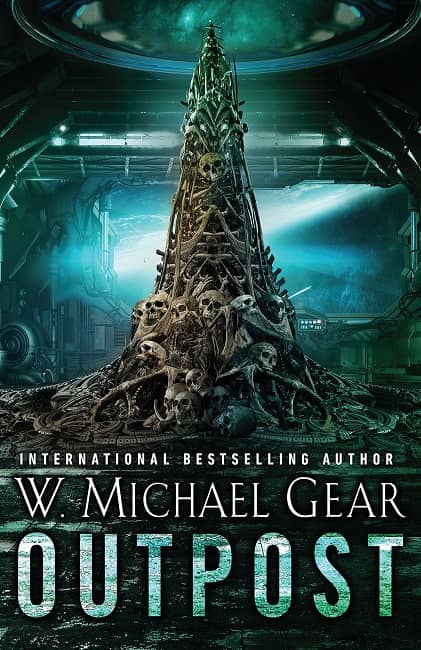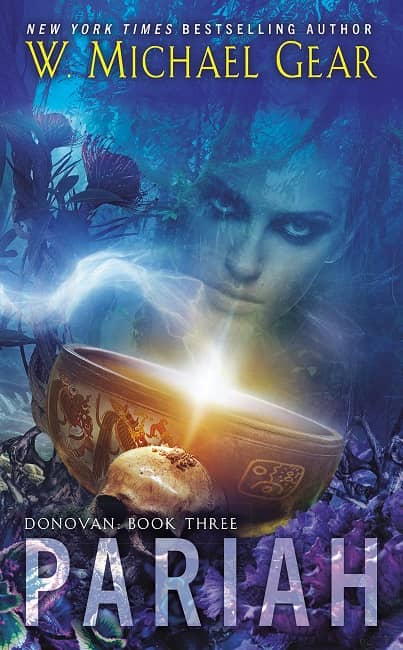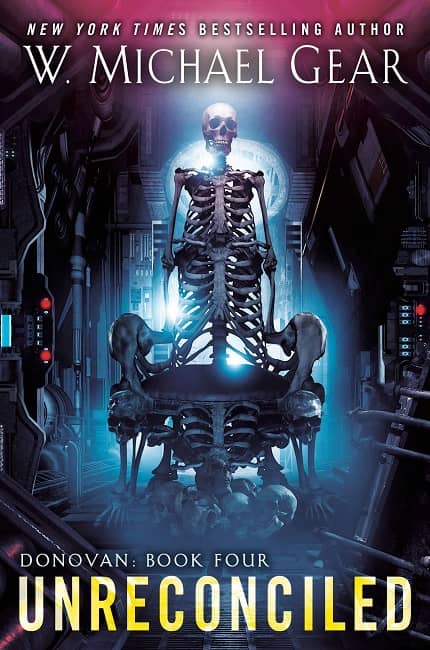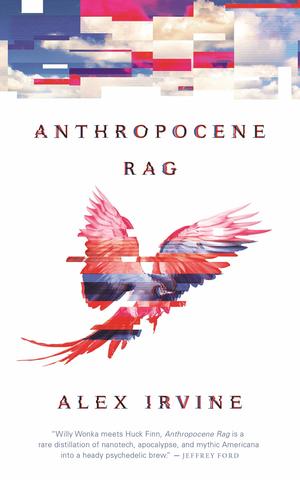Vintage Treasures: The Fantastic Imagination Anthologies, edited by Robert H. Boyer and Kenneth J. Zahorski
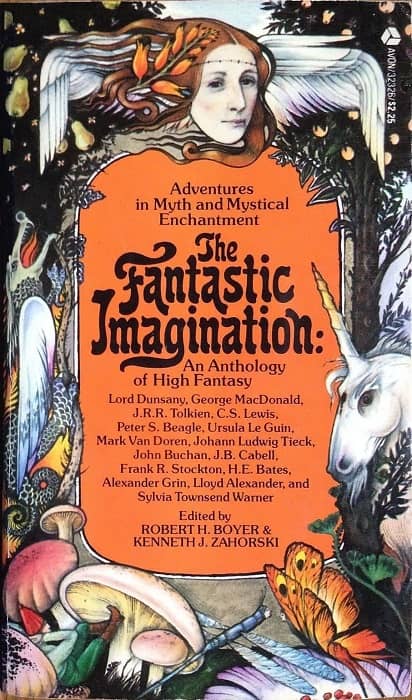 |
 |
The Fantastic Imagination, volumes I and II (Avon, February 1977 and December 1978).
Cover artist: unknown (left), Elizabeth Malczynski (right)
Robert H. Boyer and Kenneth J. Zahorski were quite the dynamic pair in the late 70s and early 80s. They edited five anthologies between 1977-81, all but one paperback originals from Avon, and a sixth a decade later, from Academy Chicago specialty press. All are fine volumes well worth your attention today.
The Fantastic Imagination (1977)
Dark Imaginings (1978)
The Fantastic Imagination II (1978)
The Phoenix Tree (1980)
Visions of Wonder: An Anthology of Christian Fantasy (1981)
Visions & Imaginings: Classic Fantasy Fiction (1992)
It may be giving them too much credit, but for me at least Boyer and Zahorski defined fantasy and its related genres for a generation. With their popular and highly readable paperback anthologies they helped new readers explore Gothic Fantasy (Dark Imaginings), Mythic Fantasy (The Phoenix Tree), and Christian Fantasy (Visions of Wonder).
And with The Fantastic Imagination volumes in particular, they drew clear boundaries around the particular sub-genre that more or less defined English fantasy until Tolkien upended things in the early 20th Century: the fairy-tale, and the High Fantasy genre that grew out of it, rich with fairies, elves, dwarves, kings, queens, and knights.

